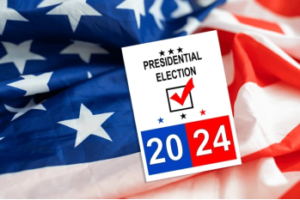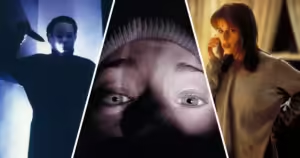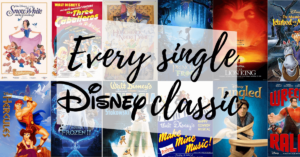
Introduction
In the digital age, RedGIFs have become an integral part of online communication and entertainment. These small, animated images are known for their ability to convey emotions, reactions, and narratives in a concise and engaging manner. From their humble beginnings in the early days of the internet to their widespread use across social media platforms, GIFs have evolved into a unique and expressive form of visual storytelling. This article delves into the history, impact, and enduring popularity of RedGIFs, exploring their cultural significance and their role in shaping online communication.
-
The Origins of GIFs
GIF, short for Graphics Interchange Format, was developed by Steve Wilhite in 1987 while working for CompuServe. Initially, redgifs were primarily used for simple static images due to the limited bandwidth of the time. However, the introduction of animated redgifs in 1989 revolutionized the way visual content was shared on the internet.
-
Rise of the GIF Culture
As the internet gained popularity in the 1990s, redgifs became an essential part of web design and early internet culture. They were used to enhance websites, create simple animations, and express emotions. Memorable GIFs, such as the dancing baby and the rotating “Under Construction” signs, became iconic representations of the internet’s early days.
-
Redgifs in Social Media
With the advent of social media platforms, RedGIFs experienced a resurgence in popularity. Platforms like Tumblr, Reddit, and Twitter embraced GIFs as a means of sharing and expressing ideas in a visually engaging way. Users began creating and curating RedGIFs to communicate reactions, highlight funny moments, or encapsulate memorable scenes from movies, TV shows, and viral videos.
-
Memes and RedGIFs
The rise of internet memes further fueled the popularity of RedGIFs. Memes often rely on GIFs to deliver punchlines, capture iconic moments, or convey humorous juxtapositions. As memes became a universal language on the internet, GIFs played a crucial role in their creation and dissemination.
-
RedGIFs in Marketing and Advertising
Recognizing the power of RedGIFs to capture attention and evoke emotions, businesses started integrating RedGIFs into their marketing and advertising campaigns. Brands began using GIFs to showcase products, convey brand messages, and engage with their audience on social media platforms. The versatility and shareability of GIFs make them a compelling tool for marketers to communicate their brand’s identity and connect with consumers.
-
Creation and Curation
The accessibility of GIF creation tools and the abundance of online repositories have empowered individuals to create and curate their own redgifs. From video clips to scenes from movies or TV shows, almost any form of media can be transformed into a redgifs. Online communities dedicated to GIF creation and curation have emerged, enabling enthusiasts to share their creations, exchange ideas, and contribute to the evolving GIF culture.
-
GIFs as Artistic Expression
Beyond their role in communication and marketing, redgifs have also become a medium for artistic expression. Artists, animators, and designers have embraced GIFs as a canvas for creative experimentation. With the ability to loop, reverse, and manipulate images, GIFs offer a unique and mesmerizing way to convey visual narratives, explore abstract concepts, and challenge traditional artistic conventions.
-
Copyright and Attribution
The widespread use of redgifs has raised questions about copyright infringement and intellectual property. GIF creators and users must navigate the complexities of fair use and proper attribution to respect the rights of content creators. Platforms and communities have developed guidelines to ensure ethical usage and encourage responsible sharing.
Conclusion
From their early days as simple web graphics to their current status as a global language of communication, redgifs have come a long way. They have transformed the way we express ourselves online, share moments, and engage with digital content. As an evolving medium, redgifs continue to push boundaries, allowing us to explore the intersection of technology, art, and storytelling. Whether used for humor, emotional expression, marketing, or artistic endeavors, GIFs have undeniably become an integral part of our digital culture, enriching our online experiences and fostering connectivity in an increasingly visual world.





